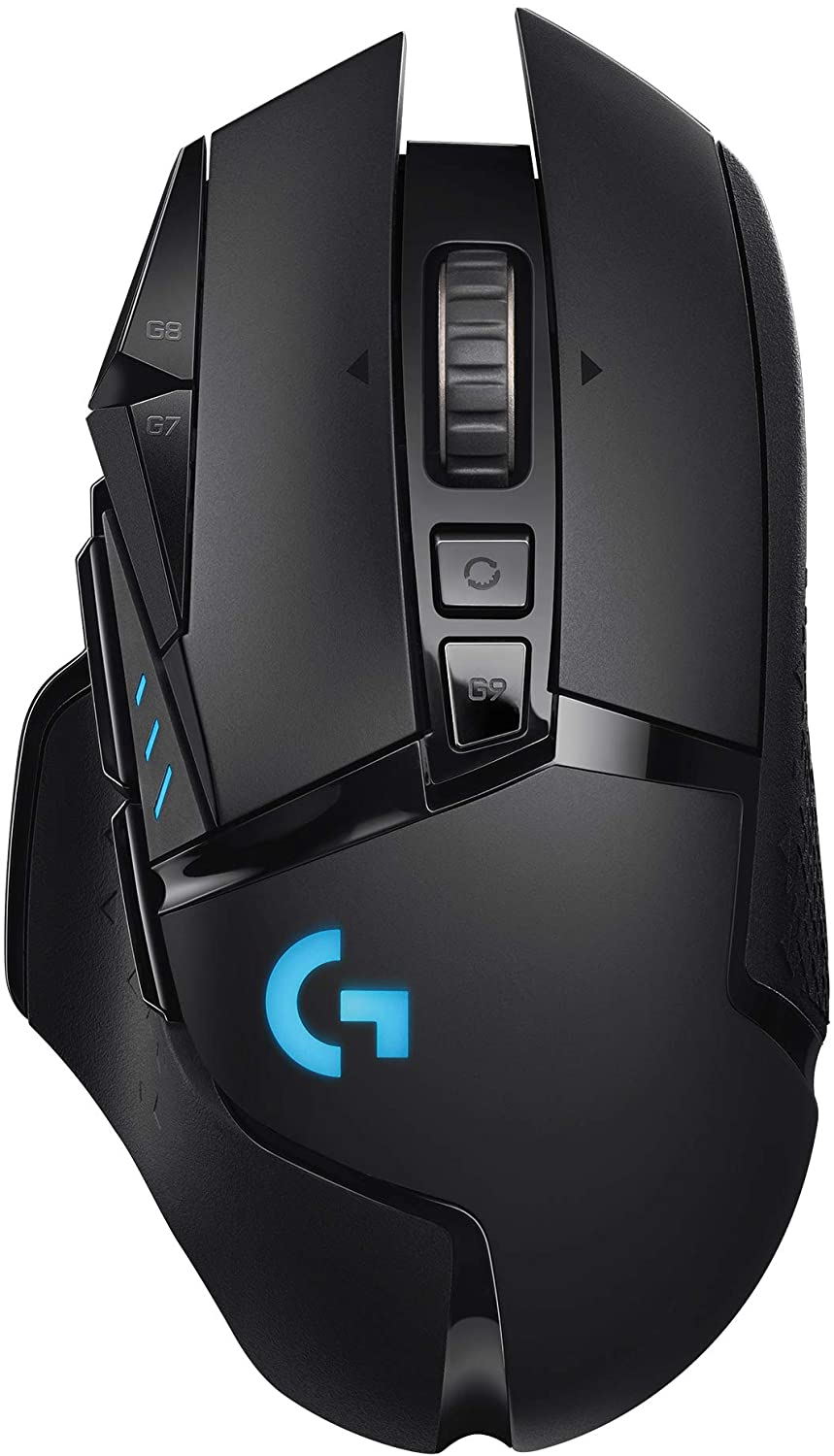

Each are powerhouse peripherals that will not disappoint any gamer that wields one.

Today, the G502 and Razer Viper take over where the MX518 and Diamondback left off. Logitech’s legendary MX518 and Razer’s revered Diamondback both came onto the scene in 2004 to 2005, and both have staked their claims as the pinnacles of ergonomic and ambidextrous gaming mice respectively. Logitech has been making mice since for twice as long as Razer has, but both have been making gaming mice since only 1999. (lame, I know) Best Gaming Mice: Winner = Razer Razer still uses proprietary stabilizers, however, meaning you must not lose the adapters included with your Razer keycaps, lest you run into incompatibility once more.Īt the end of the day, there is no clear winner, and it ultimately comes down to a draw. Razer, on the other hand, has listened to the communities at large and have provided standard spacing across multiple keyboards including the Hunstman Mini.
LOGITECH LIGHTSPEED VS UNIFYING PRO
Not to mention that the Logitech G Pro X still uses mini-USB for some inexplicable reason. In classic fashion, this proprietary choice keeps the G Pro X from being an enthusiast-worthy keyboard. Logitech’s G Pro X Keyboard? That great hotswap wireless option we mentioned earlier?Īlso plagued with a non-standard bottom row. People who purchased these expensive keyboards were forced to buy new keyboards when these poor-quality keycaps inevitably met their doom. While the bad stabilizers and hollow cases can be modified by any enthusiast, the non-standard spacing meant that no one could find any keycaps if their spacebar or modifier keycaps needed to be replaced. While these keyboard switches not be a bad option at all, what Logitech and Razer do next may confuse you.īoth Logitech and Razer mechanical keyboards suffered from the same flaws: bad stabilizers, hollow cases, and non-standard, proprietary bottom row spacing.
LOGITECH LIGHTSPEED VS UNIFYING SERIES
The “ Huntsman” series of keyboards feature Razer’s optical-mechanical hybrid switches, which feature a stabilizer wire on each keyswitch and super-fast actuation. Razer likewise first started using Mechanical switches in their “ BlackWidow” line, at first favoring Cherry MX switches but later moving to proprietary Razer mechanical switches. Now, Logitech also uses their own “GX” mechanical switches, “GL” low-profile switches, and even have an amazing hot-swappable keyboard that uses Kailh-style hotswap sockets, the Logitech G Pro X Wireless. The G810 Orion, released at the same time, instead used Logitech “Romer-G” Switches. Logitech mechanical keyboards have never been very consistent when it comes to switch choice.Īt first, with options like the G610 Orion, Logitech used Cherry MX Switches. Best Mechanical Keyboards: Winner = TieĪs it stands, both Logitech and Razer mechanical keyboards have their share of ups and downs. Let’s see what it’s like when worlds collide. When Godzilla Logitech meets King Kong Razer, all we can do is let them fight. While both have had their fair share of innovations, both Logitech and Razer have also had plenty of missteps, including poor quality control and proprietary designs that laugh in the face of customization. Since then, both Logitech and Razer have branched out into multiple peripherals including webcams and streaming equipment, audio and headsets, and in Razer’s case even laptops and phones. As the new millenium rolled on, Razer released more and more mice and even keyboards named after snakes and spiders – so edgy. In the late 90’s, Razer came onto the scene with their first gaming mouse, the Boomslang.

Needless to say, when it comes to peripherals, Logitech is the master looking to be out-matched by the student, Razer.


 0 kommentar(er)
0 kommentar(er)
